29th Jan 2024
In November last year, I headed to Virginia Beach to host a master class for the Chesapeake Bay Wine Classic fundraising weekend—supporting worthy educational charities in the local area and beyond. While there, I spent a day tasting a little over fifty wines made in Virginia with their winemakers. I’d tasted a few wines from Virginia before this, yet this line-up demonstrated the clear level of progression in one of the USA’s first wine-growing states.
Perseverance Pays Off
Wherever Europeans settled throughout the world, it wasn’t long before they planted grapes and attempted to make wine. Virginia was no different. In the early 1600s, the colonists of Jamestown planted vines, hoping to establish a cash crop. Fast forward to the 1700s, when Thomas Jefferson planted his famous vineyard near his home in Monticello with the help of Filippo Mazzei, a viticulturalist from Italy. However, his considerable efforts struggled to take hold, and it wasn’t until recent years that the industry has grown to the level of production and quality set to garner attention apart from tourism and local interest. Today, there are around 300 wineries in Virginia, with a few notable AVAs, including Monticello and Shenandoah Valley.
Shenandoah Valley is generally said to be drier than Monticello, but it is colder in winter, which presents challenges with over-wintering the vines.
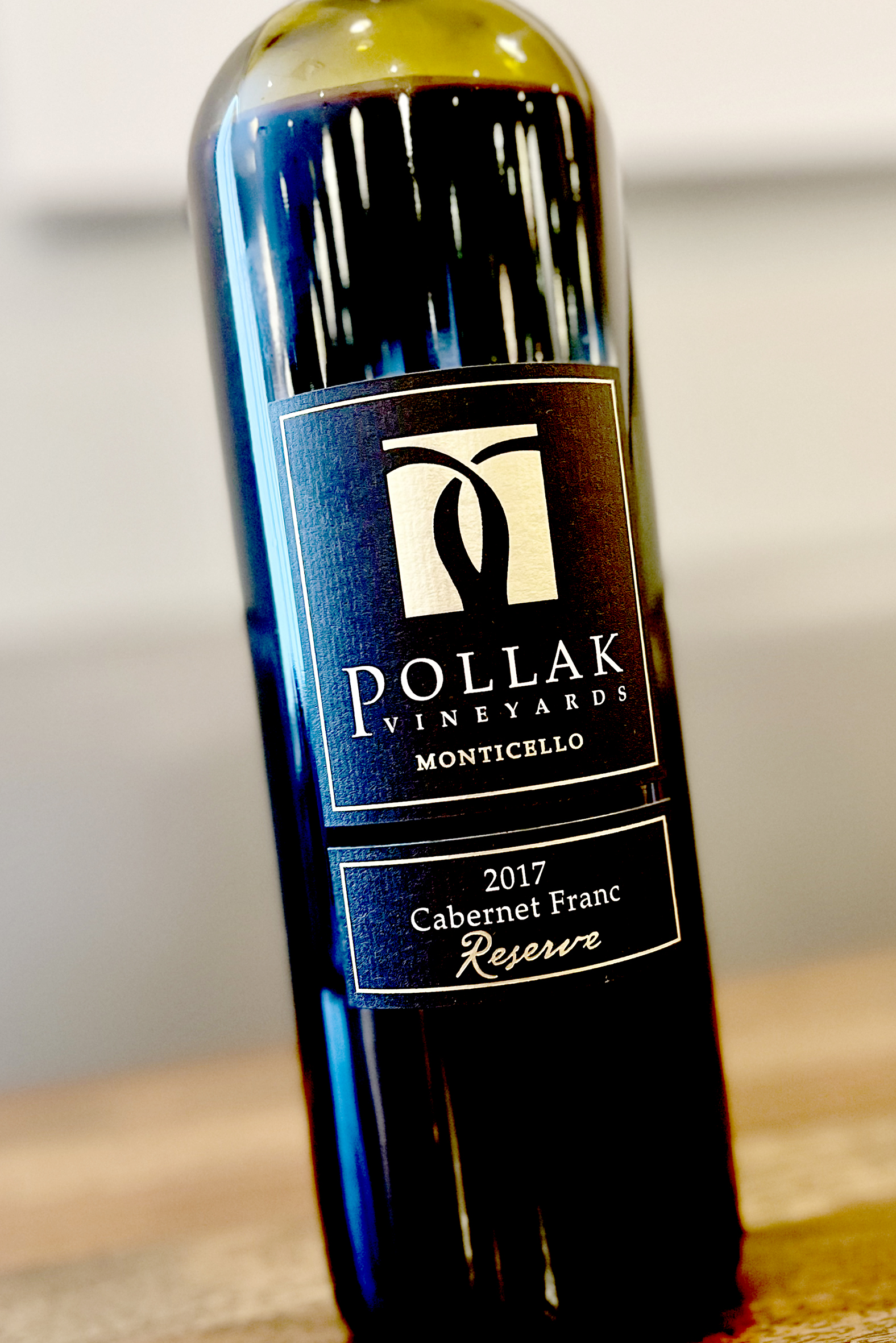
“We grow grapes in a humid climate where fungal problems can be an issue,” Michael Shaps, a winemaker based in Monticello, told me. “Petit Manseng has thick skins and good resistance to disease. We tend to blend it with a little Roussanne to bring the alcohol down.”
Petit Manseng has emerged as a go-to variety for many Virginia wineries, which makes sense given the climate.
What’s more, it has the ability to consistently ripen and produce delicious, fuller-bodied white wines with a lot of character. Another grape I was impressed by was Cabernet Franc, having discovered several outstanding examples that tend to be of the more elegant Loire style rather than the richer examples from Bordeaux or Napa Valley.
What’s more, it has the ability to consistently ripen and produce delicious, fuller-bodied white wines with a lot of character. Another grape I was impressed by was Cabernet Franc, having discovered several outstanding examples that tend to be of the more elegant Loire style rather than the richer examples from Bordeaux or Napa Valley.
“If I could only plant one grape in Virginia, it would be Cabernet Franc,” said French winemaker Matthieu Finot of King Family Winery.
I can see his point. Cabernet Franc from Virginia is distinct, has the potential to be great, and offers more general appeal than some other more esoteric varieties and styles being made.
Speaking of general appeal, I also discovered a few worthy examples of the USA’s crowd-pleaser, Chardonnay. In fact, the most exciting wine finds of the tasting were the mountain-grown Chardonnays and Pinot Noirs from an unlikely little site on Mt. Pleasant. The estate is called Ankida Ridge. The owner, Christine Vrooman, explained that they are located a little south of the Monticello AVA boundary. “Our vineyard is high elevation, at about 1800 feet with a south-east aspect,” she said. “The soil is decomposed granite. We only have about 1.5 acres of Chardonnay and 4.5 acres of Pinot Noir, but we’re planting more.” The wines are sensitively crafted, intense, and beautifully perfumed. “Everyone discouraged us from planting Pinot Noir here, saying it would never work,” she smiled. “But we persevered.”
For Christine and Virginia, perseverance pays off. There’s much to recommend from this tasting, and, in most cases, the prices offer incredible value. Only one of the wines I tasted was over $100; most are under $50.
-
Article, reviews & bottle shot by Lisa Perrotti-Brown MW

PRODUCERS IN THIS ARTICLE
> Show all wines sorted by scoreMore articles
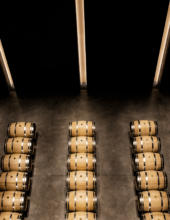
Bordeaux 2023 Vintage Report and Reviews from Barrel
09th May 2024
649 tasting notes
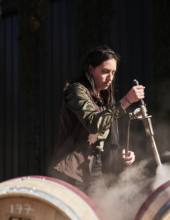
Cathiard Vineyard New Releases
02nd May 2024
3 tasting notes
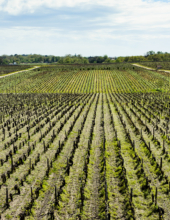
Bordeaux 2023 Preliminary Vintage Report and Reviews from Barrel
29th Apr 2024
56 tasting notes
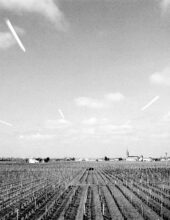
2021 Bordeaux in Bottle and A Modest Proposal
24th Apr 2024
599 tasting notes
Show all articles